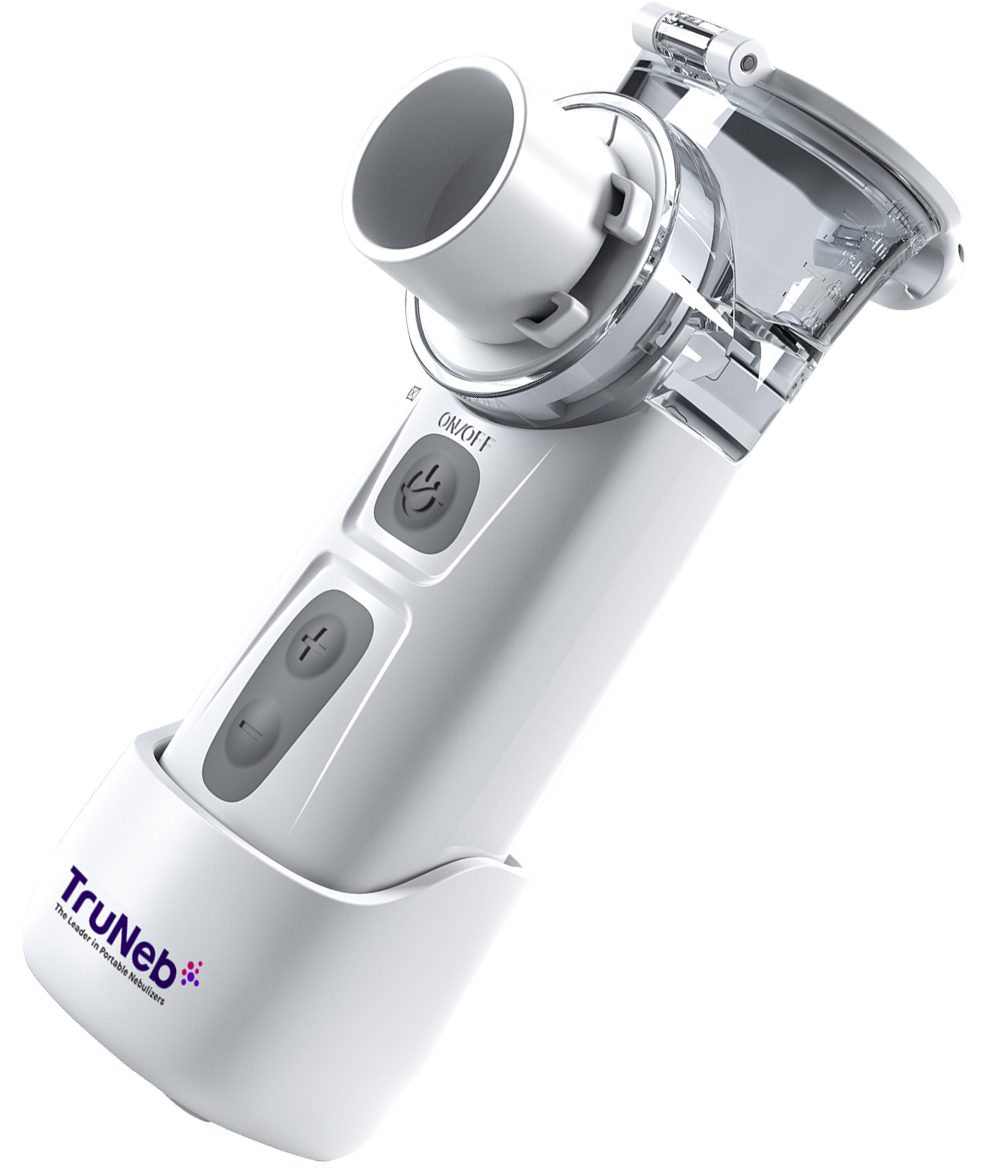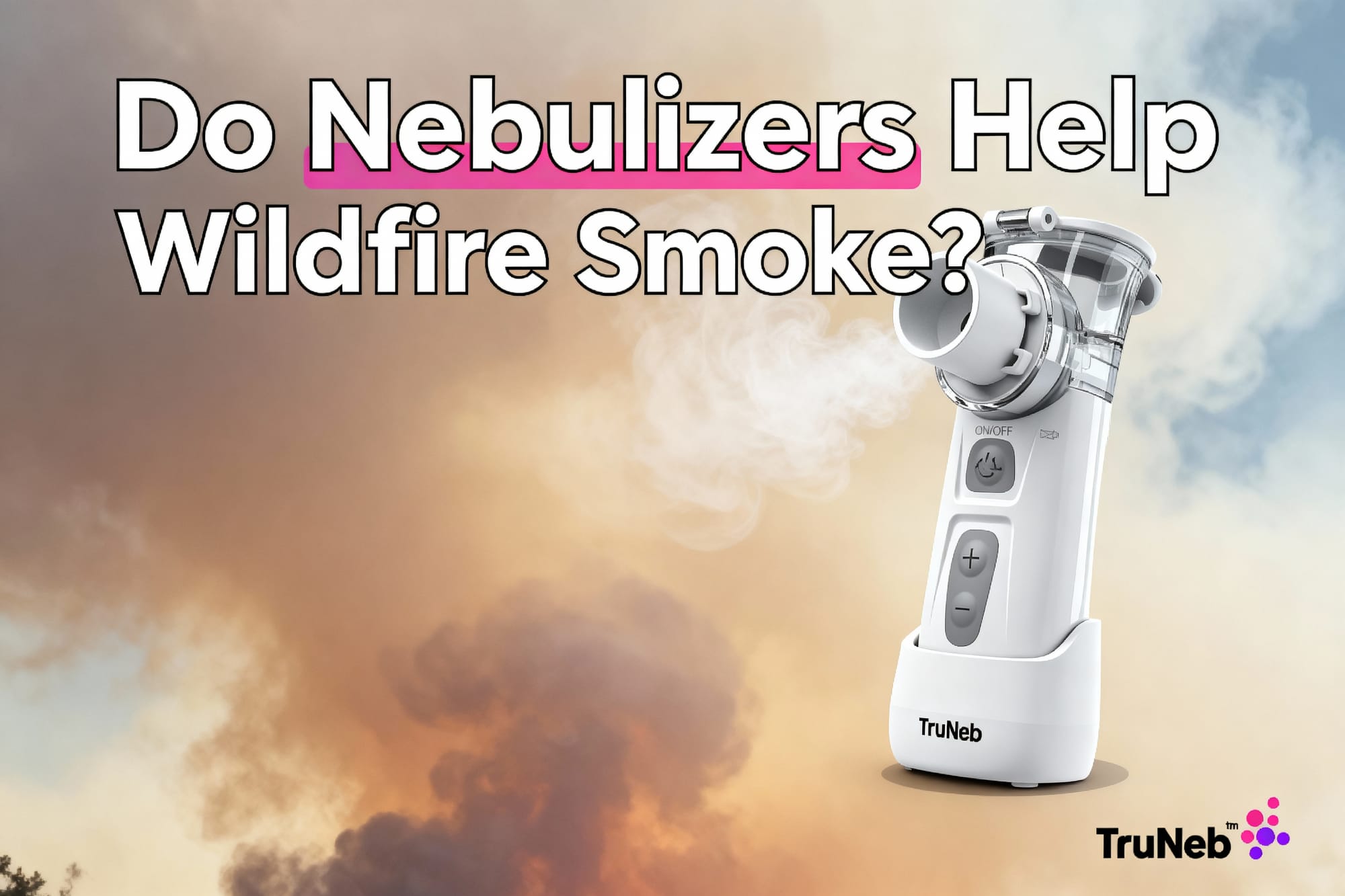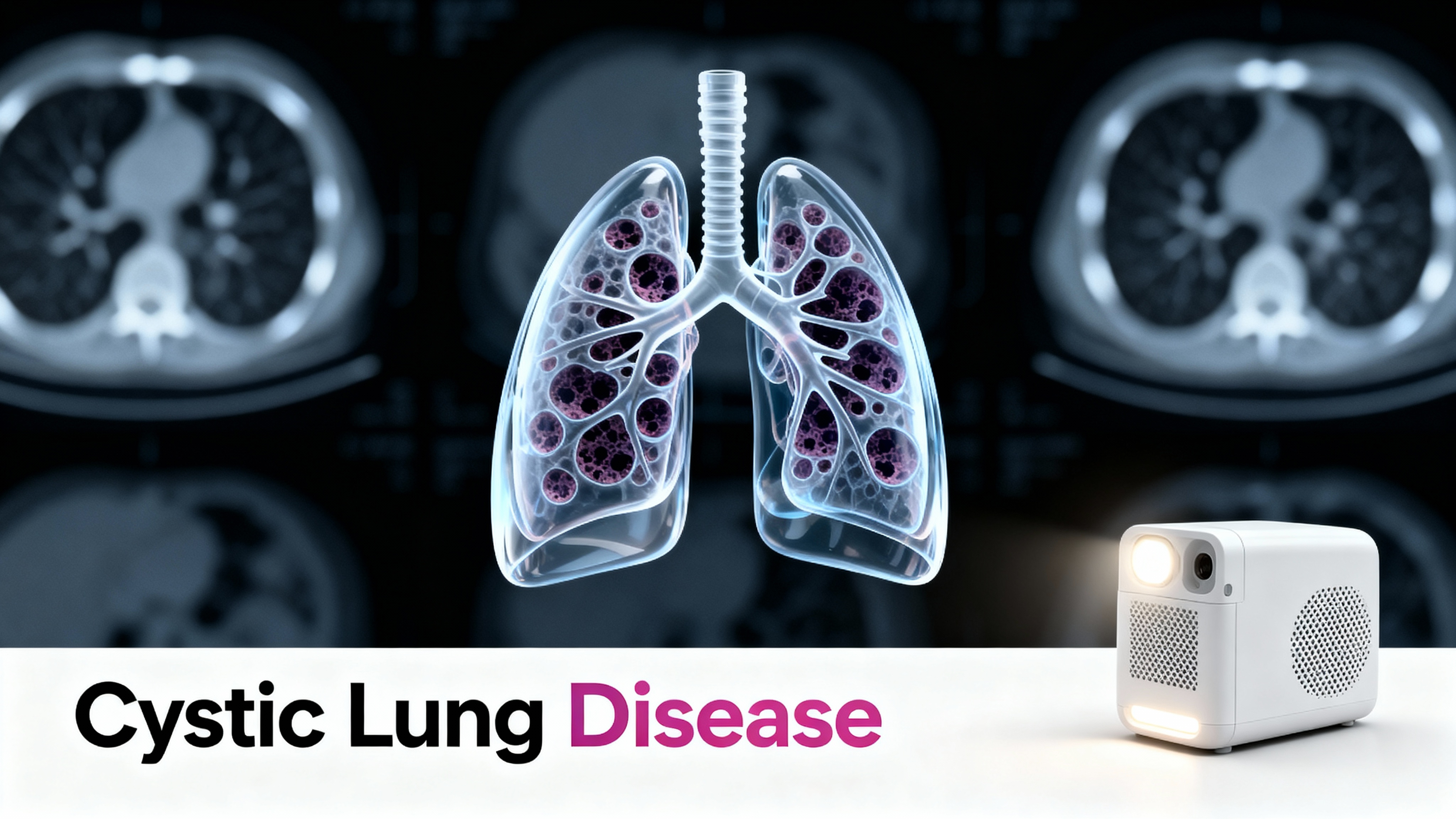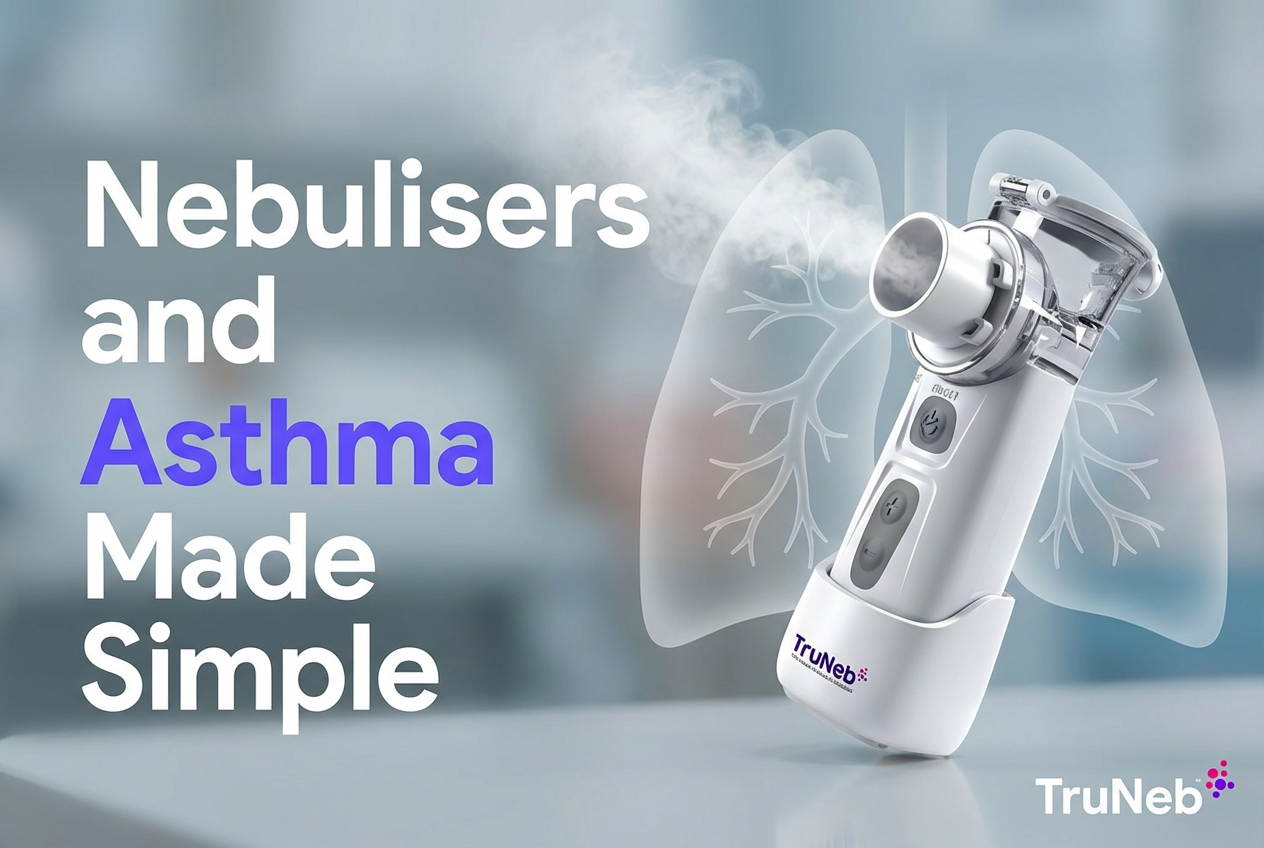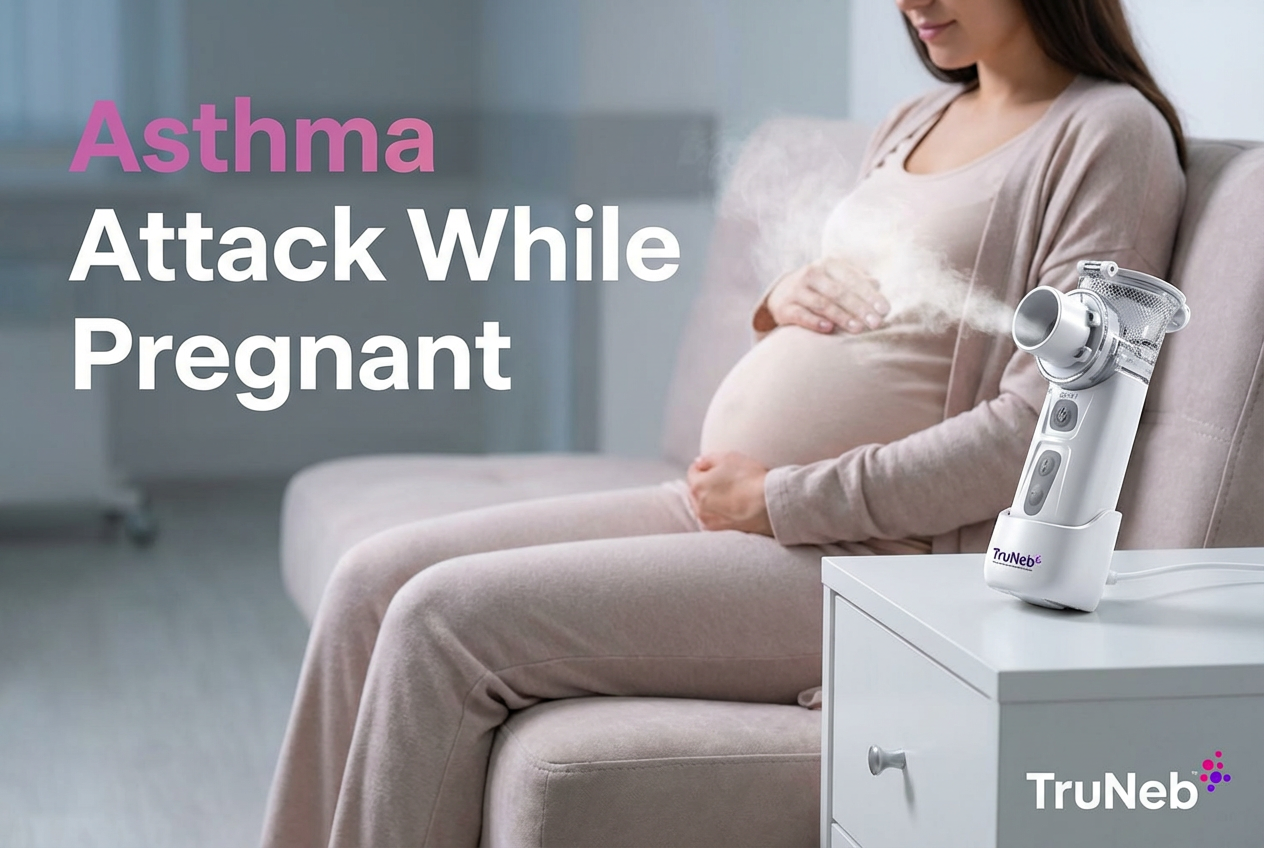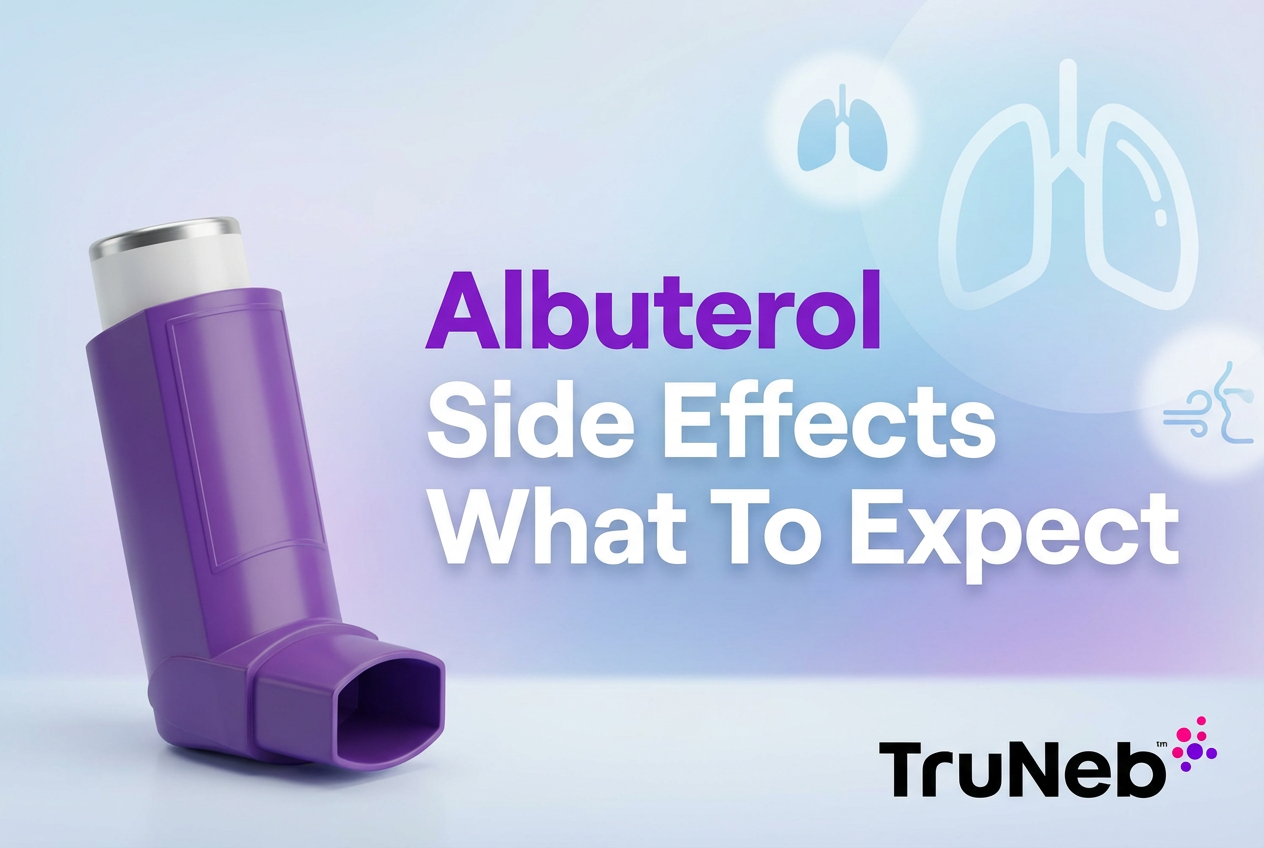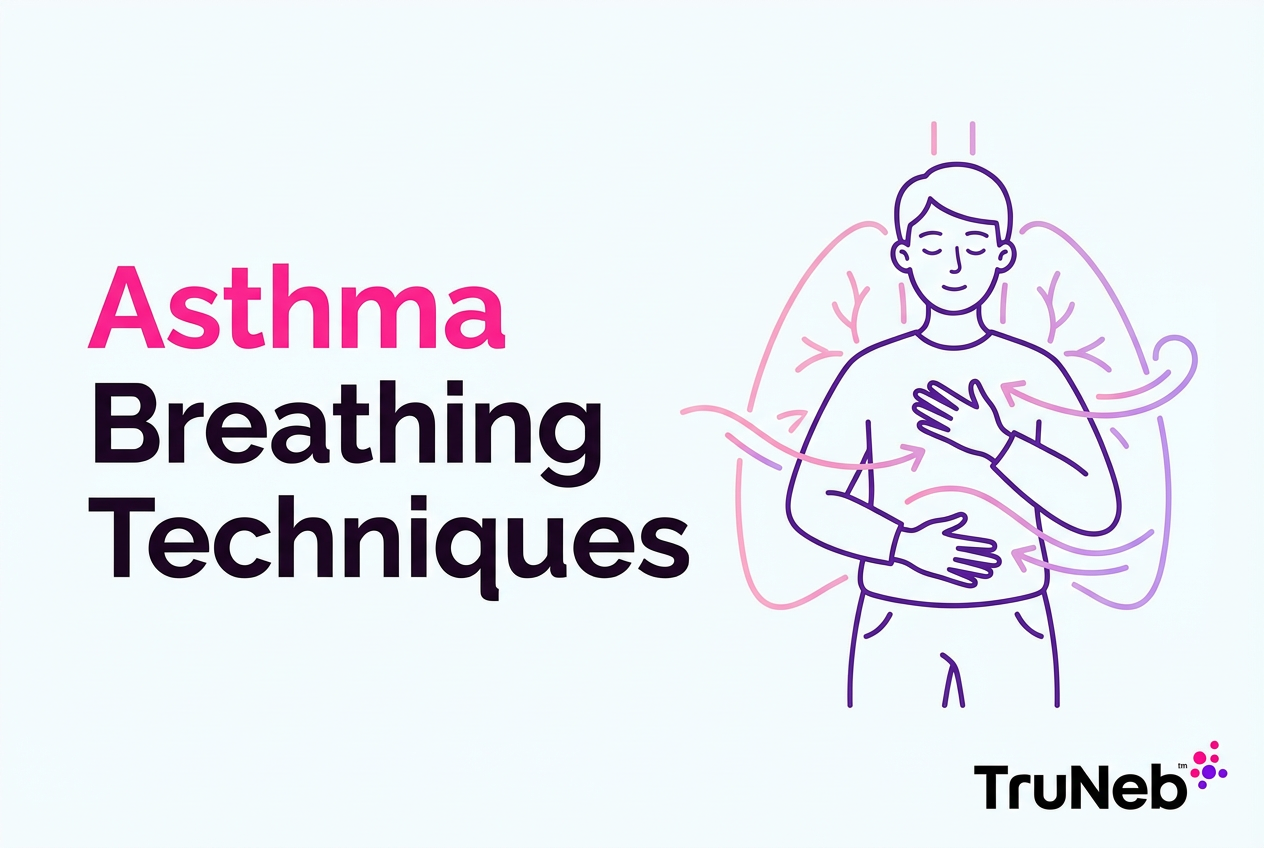On this page
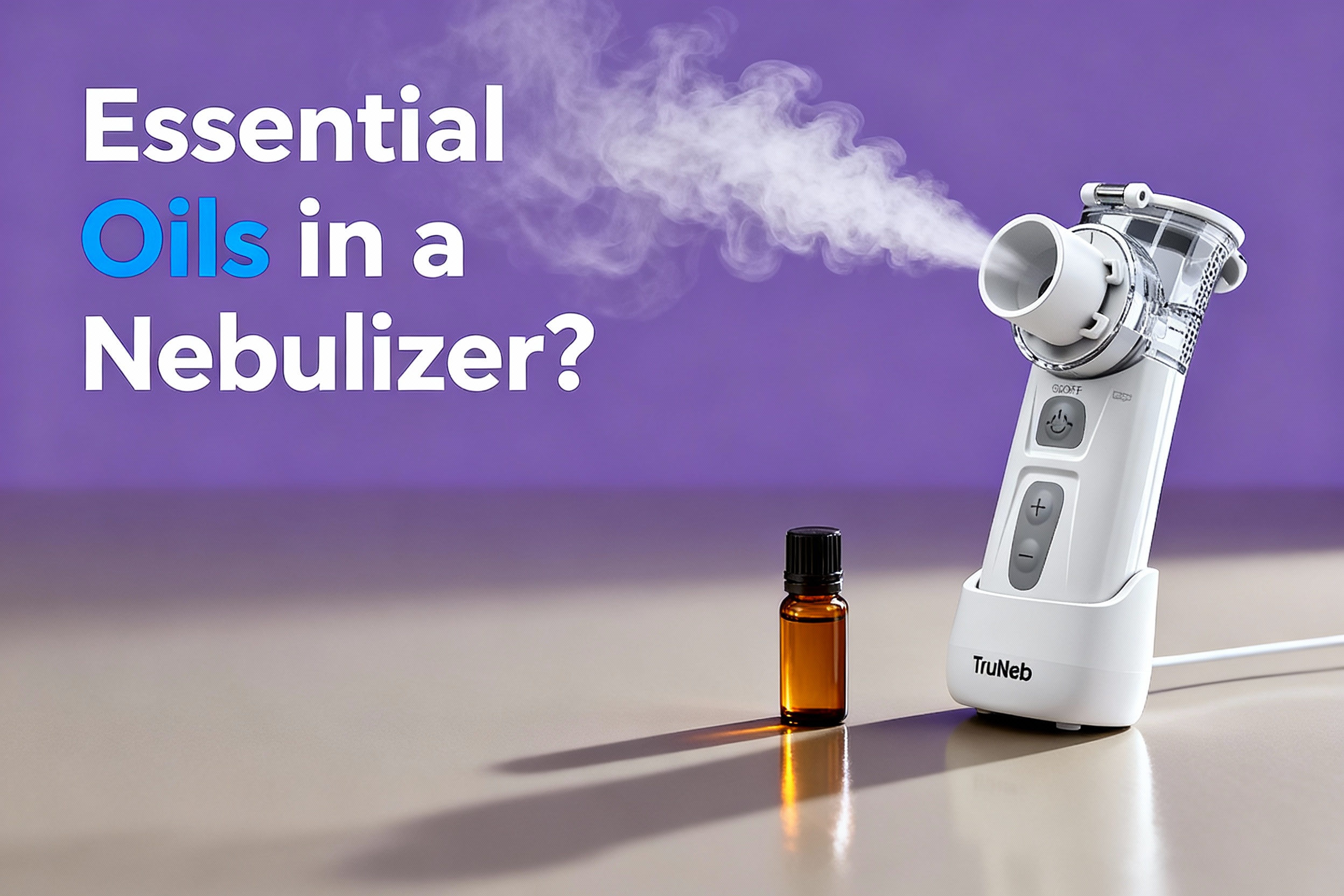
No. You should not put essential oils in a standard medical nebulizer. These devices are built for sterile, water‑based medicines and saline. Oils can damage the machine and can irritate your lungs.
Rule of thumb: nebulizers are for medicine; diffusers are for scents.
Medical Nebulizer vs Aromatherapy Diffuser
What a medical nebulizer does
A medical nebulizer turns liquid medication or sterile saline into a fine mist you breathe into your lungs. It delivers treatments for asthma or COPD using solutions like albuterol or budesonide. It’s meant for one person at a time and uses sterile, water‑based liquids.
What an aromatherapy “nebulizer” or diffuser does
Some essential oil devices are called nebulizing diffusers. They vaporize pure essential oils (no water) into the room for scent. Others are ultrasonic diffusers that mix a small amount of oil with water and mist the area more slowly. These are for room fragrance, not deep lung delivery.
The word “nebulizer” gets used for both, but they do different jobs. You might see products labeled “steam inhaler” — these are not nebulizers and are NOT for breathing medications. Medical nebulizers are for sterile, water-based medicines; aromatherapy diffusers are for scent in a room.
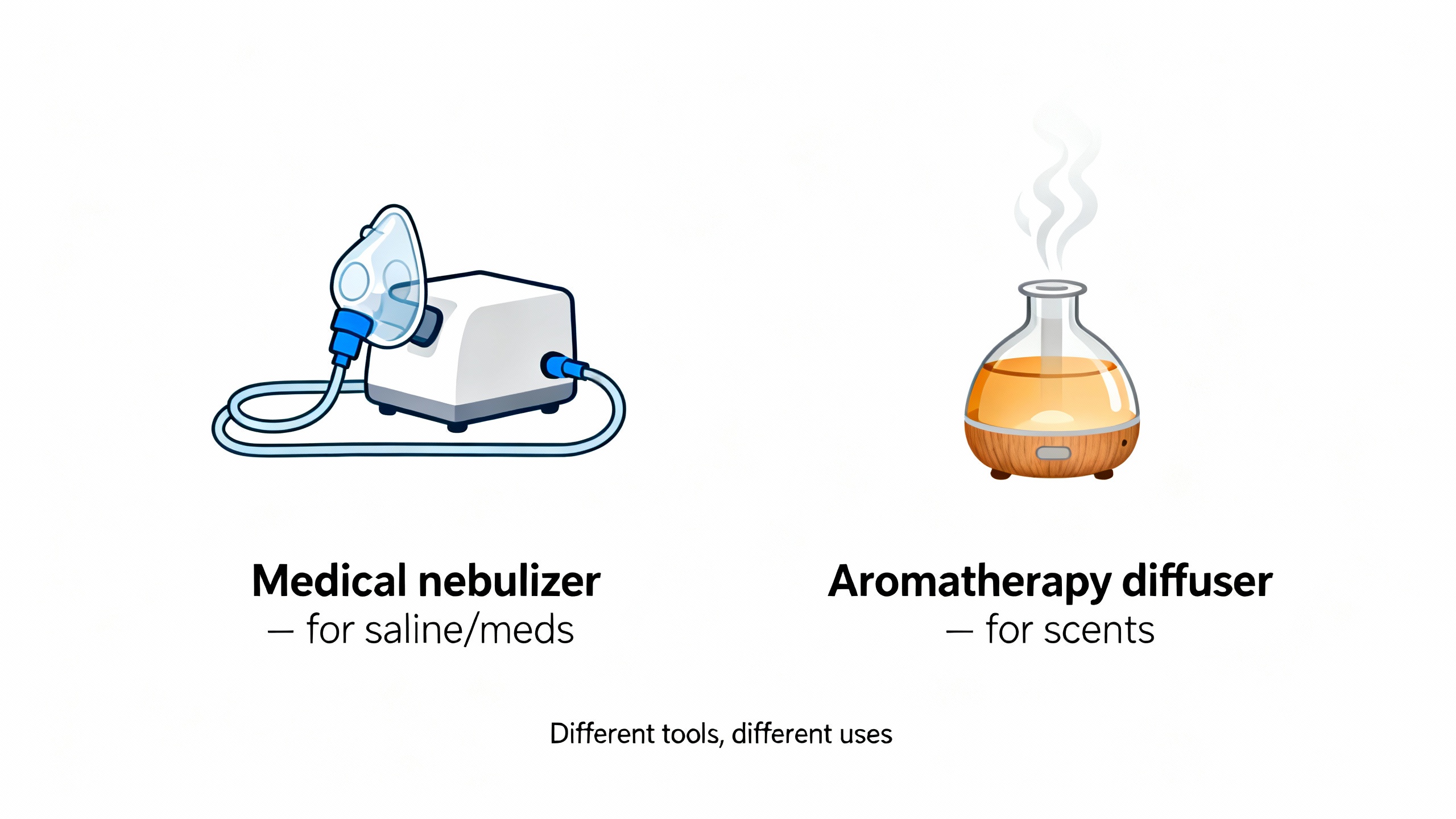
Why Essential Oils Don’t Belong in a Medical Nebulizer
1) Lung irritation and inflammation
Nebulizers push tiny particles deep into your bronchi and alveoli. Essential oils are potent, volatile organic compounds (VOCs). Breathing oil droplets this way can trigger coughing, wheezing, or chest irritation. In sensitive lungs (like asthma or COPD), strong fragrances can spark bronchospasm. In rare cases, oil in the lungs can lead to lipoid pneumonia (oil‑driven inflammation).
2) Device damage and clogs
Oils are thicker than saline. They can coat tubing and the nebulizer cup, leaving sticky residue that clogs parts or ruins plastic, especially disposable sets.
3) Unpredictable dosing and interference
Nebulizers are calibrated for exact medication doses. Adding oils can change how the mist forms and can reduce the medicine’s effect. You also can’t control how much of the oil you deliver to the lungs.
Bottom line: medical nebulizers are for sterile saline and prescribed meds only.
What Liquids Can (and Can’t) You Use in a Nebulizer
Use only sterile saline and doctor‑prescribed nebulizer medications; never use oils, home mixes, or non‑sterile liquids.
| Substance | OK for medical nebulizer? | Why/Notes |
|---|---|---|
| Sterile normal saline (0.9% NaCl) | Yes | Standard diluent; can humidify airways. |
| Doctor‑prescribed nebulizer medications (e.g., albuterol, budesonide) | Yes | Use exactly as prescribed. |
| Essential oils (eucalyptus, peppermint, tea tree, etc.) | No | Oil droplets can irritate lungs and leave residue that clogs equipment. |
| Oil‑based liquids or mixes | No | Risk of lipoid pneumonia (oil in lungs) and device damage. |
| Homemade or non‑sterile mixtures (teas, juices, tap water) | No | Not sterile; can irritate airways or introduce infection. |
| Products for steam vaporizers (camphor/menthol blends, “Vicks‑style”) | No | Not formulated for nebulizers; unsafe for deep lung delivery. |
| Hydrogen peroxide or disinfectants | No | Can burn/irritate airways; not approved for inhalation.1 |
| Colloidal silver | No | Not proven safe or effective for nebulization. |
1 Health agencies have warned against nebulizing hydrogen peroxide or disinfectants.
A simple guide: if it leaves a greasy film or isn’t sterile and prescribed for nebulizers, it doesn’t belong in the cup.
Safe Ways to Use Essential Oils Without a Medical Nebulizer
Enjoy essential oils with diffusers, gentle steam, or brief whiffs — not through a medical nebulizer.
Use an aromatherapy diffuser
Ultrasonic diffusers (water + a small amount of oil) and nebulizing diffusers (pure oil, no water) spread scent into a room. Keep sessions short, use a small amount, and clean the unit so residue doesn’t build up.
Try gentle steam for stuffy noses
Some people use a bowl of hot water with a small amount of eucalyptus or peppermint and breathe the steam from a safe distance. Short sessions can help your nose feel clearer without blasting oil deep into your lungs. Avoid hot steam for young children to prevent burns.
Quick whiff methods
Use a personal inhaler stick, smell a tissue with a small amount, or take brief whiffs from the bottle. These give light, short exposure instead of deep lung delivery.
⚠️ If you have trouble breathing, chest pain, bluish lips/face, or severe wheezing, seek emergency care right away.
Talk to your doctor if your symptoms don’t improve, you have asthma or COPD, or you’re thinking about changing your treatment.
Frequently Asked Questions
Tap or click a question below to see the answer:
In small amounts in open air (like a room diffuser), most healthy people do fine. Direct, concentrated inhalation into the lungs is different. Essential oils release VOCs that can irritate airways and can trigger asthma symptoms in sensitive people.
You can clog or damage the nebulizer, and the oil droplets can reach deep into your lungs. That can cause coughing, wheezing, chest irritation, and in rare cases oil‑driven inflammation.
No. Use a diffuser or a steam bowl with a small amount instead. Nebulizers should be reserved for saline and prescribed meds.
No. Oil and water don’t truly mix. The nebulizer will still aerosolize oil droplets, which can irritate lungs and harm the device.
No. Products made for steam vaporizers (camphor/menthol blends) are not formulated for medical nebulizers and are not safe for deep lung delivery.
Disclaimer: This article is for informational purposes and isn’t a substitute for professional medical advice. Always talk with your doctor about your health and treatments.

